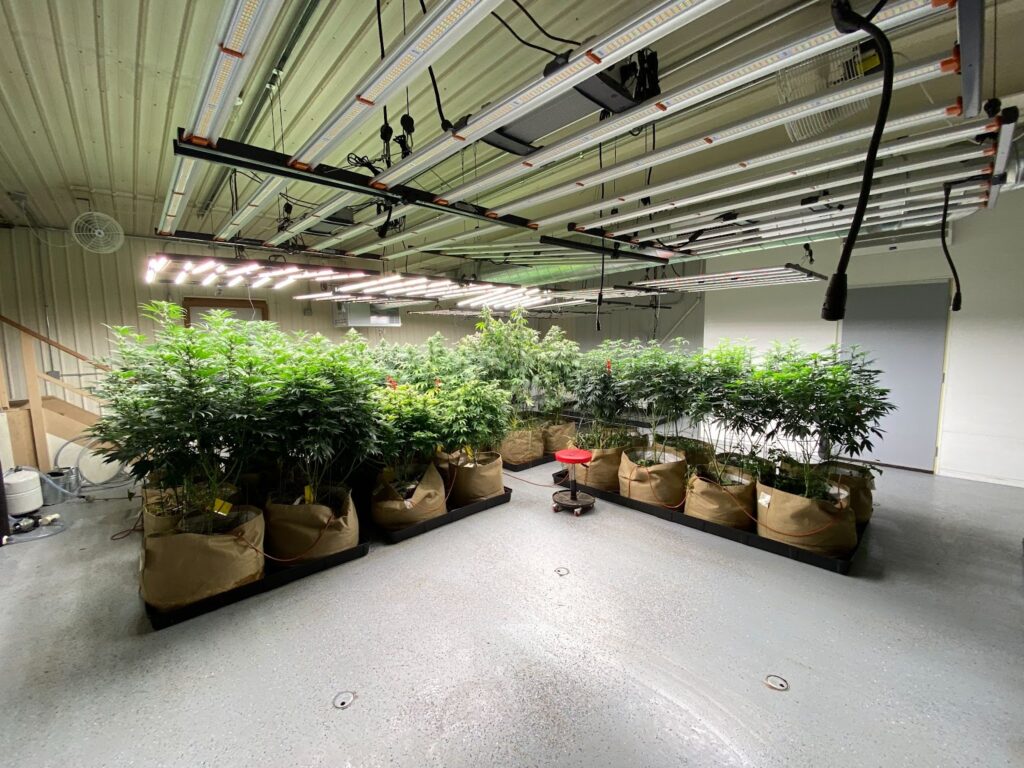After receiving the lab results from our fermented fruit juice (FFJ) experiment and having time to reflect, I found myself questioning whether analytical data alone can truly capture the full story of hash rosin quality. On paper, the FFJ-fed sample had lower terpene content than the control, but what stood out most was the flat, one-dimensional flavor profile when dabbing the sugar control group. Nothing in the certificate of analysis (COA) reflected this sensory experience, making me wonder—are lab tests alone sufficient to evaluate top-tier resin?
The Limitations of Lab Testing
When I shared my thoughts, some pointed out potential biases in my experience. It’s true—this was not a double-blind study, and I knew which jar was which, which could have subconsciously influenced my perception. That said, I don’t believe that high-quality hash should be judged by lab results alone. Just as you wouldn’t send a fine wine to a mass spectrometer to determine its quality, competitions exist to assess hash rosin beyond simple chemical analysis. Aside from detecting pesticides and heavy metals, lab testing is not the standard for determining elite resin quality.
The Next Phase: A Qualitative Study
To gain a broader and more objective perspective, we’re launching the second phase of this experiment—a structured qualitative assessment. We’ve selected 30 participants across Canada to conduct a single-blind evaluation of both samples. Each participant will complete a standardized questionnaire modeled after well-respected hash competitions like the Smoking Jacket and the Head Happening Sesh.
The participants will not know which sample is which, ensuring an unbiased assessment based purely on their sensory experience. Their responses will be collected via Google Forms, making it easy to aggregate the results and analyze trends.
The Evaluation Criteria
Each participant will rate both samples on a scale of 1-5 across several categories:
- Appearance: How visually appealing is the rosin in terms of color, clarity, and texture?
- Aroma Intensity: How strong is the smell when first opening the jar?
- Aroma Complexity: How layered or complex are the aromas? Do they change over time?
- Flavor Intensity: How pronounced is the flavor when dabbing?
- Flavor Complexity: Is the flavor nuanced with distinct notes, or is it more one-dimensional?
- Mouthfeel & Smoothness: How does the vapor feel on the throat and lungs?
- Effect Duration: How long do the effects last?
- Effect Quality: How enjoyable is the high? Does it feel balanced, overwhelming, or underwhelming?
- Overall Impression: Would you seek out this product again?
Analyzing the Data
Once responses are collected, we will analyze the results in two key ways:
- Averages & Trends: By aggregating the 1-5 ratings for each category, we can determine overall trends and differences between the FFJ-fed and control samples.
- Participant Comments: We will also encourage participants to leave optional comments to provide deeper insights into their experience beyond just numerical ratings.
Conclusion
This phase of the experiment aims to highlight the importance of qualitative analysis in hash judging. Lab tests provide valuable chemical insights, but they cannot replace the human experience of dabbing a product. We’re excited to see how the data compares to our initial impressions and whether it aligns with our hypothesis that lab results alone do not determine quality.
Stay tuned for the final results!











